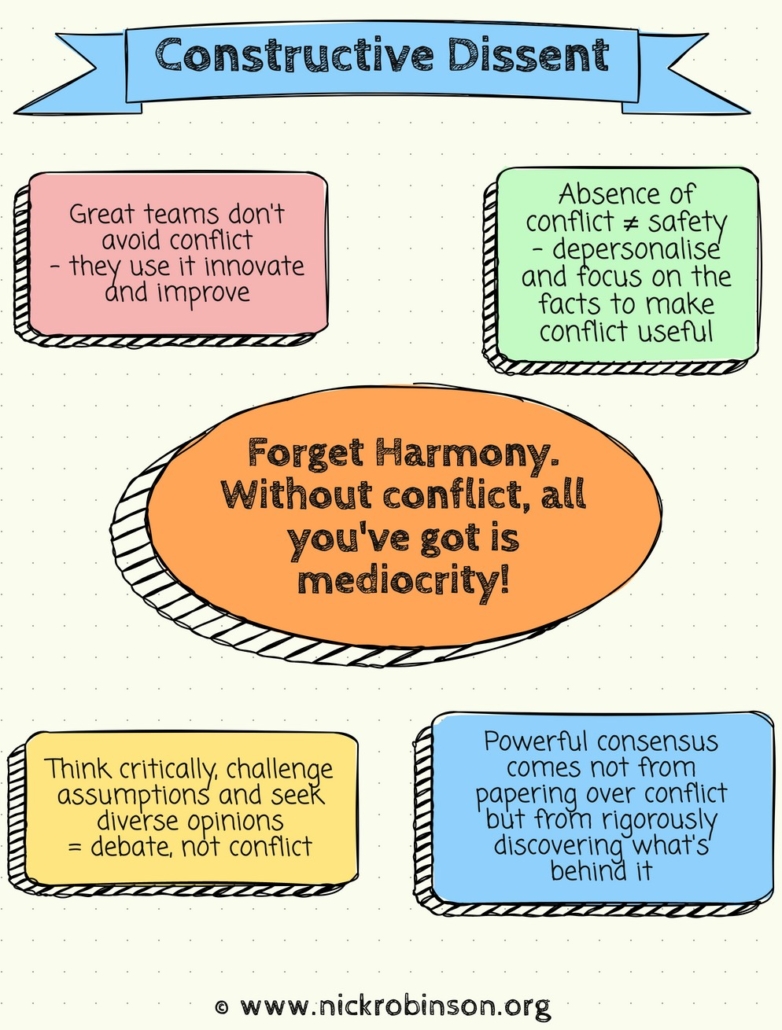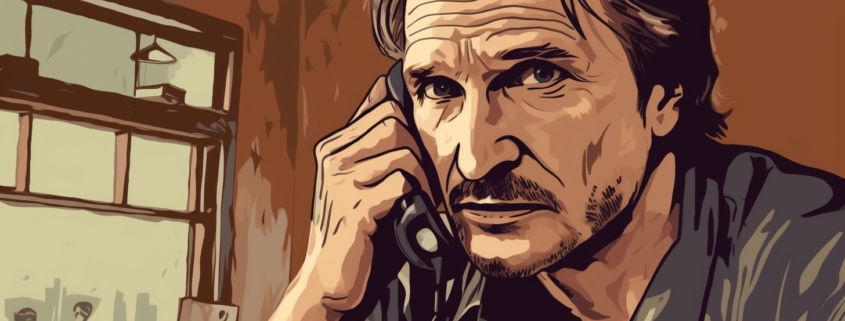Leadership has got way too soft and it’s time to challenge that. And make resistance to change futile!
It’s time to challenge the soft, human-centric leadership models that have come to dominate the corporate world. And make resistance to change futile!
This iconic line from Star Trek’s Borg isn’t just for sci-fi fans like me; it offers a radical perspective on leadership and organisational change.
Are you brave enough to consider that the Borg, often vilified as the epitome of oppressive conformity, might just have it right?
Here are four lessons all leaders could learn from the Borg on how to do great organisational change:
🔵 Collective Conformity instead of Emphasis on Individuality
Traditional wisdom tells us to celebrate individual strengths. But what if, like the Borg, we focused on collective goals? A united team can often navigate change more effectively than a group of individual stars.
How to Do It: Align team objectives with organisational goals and encourage collaboration over competition. Regular team meetings can help synchronise efforts and ensure everyone is contributing to the collective objective.
🔵 Centralised Command instead of Democratic Leadership
Democratic leadership is praised, but it can slow down decision-making. The Borg’s centralised command ensures quick, decisive action, a crucial advantage during organisational shifts.
How to Do It: Streamline decision-making processes and clearly define roles and responsibilities. A centralised communication channel can help disseminate decisions quickly and efficiently.
🔵 Rational Efficiency instead of Emotional Intelligence
Emotional intelligence is vital, but it can sometimes cloud judgment. The Borg’s rational, efficiency-driven approach eliminates emotional bias, making for more effective change management.
How to Do It: Use data-driven metrics to evaluate the impact of changes and make adjustments accordingly. Encourage team members to focus on outcomes rather than emotional attachments to previous ways of working.
🔵 Unified Obedience instead of Employee Autonomy
Autonomy is empowering, but during significant changes, a unified approach may be more effective. Like the Borg, consider the value of a team moving in lockstep toward a common goal.
How to Do It: Establish clear guidelines and expectations, and ensure everyone is on the same page through regular communication. Use team-building exercises to foster a sense of unity and shared purpose.
Embrace the Opportunity!
Are you ready to assimilate these Borg-like qualities into your leadership style?
Share your thoughts and let’s start a conversation on redefining effective leadership during organisational change!




